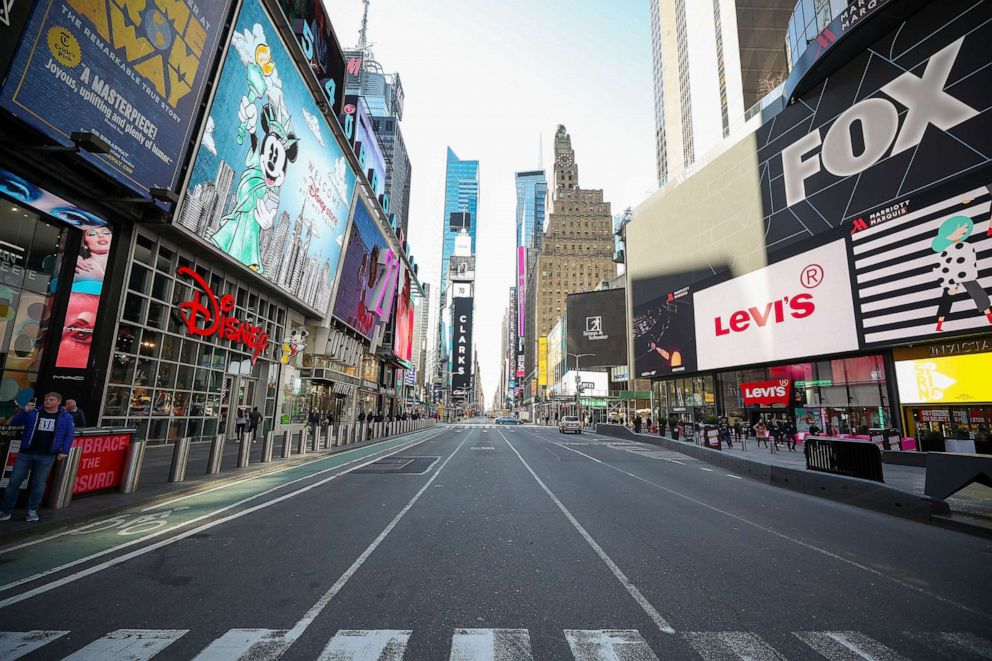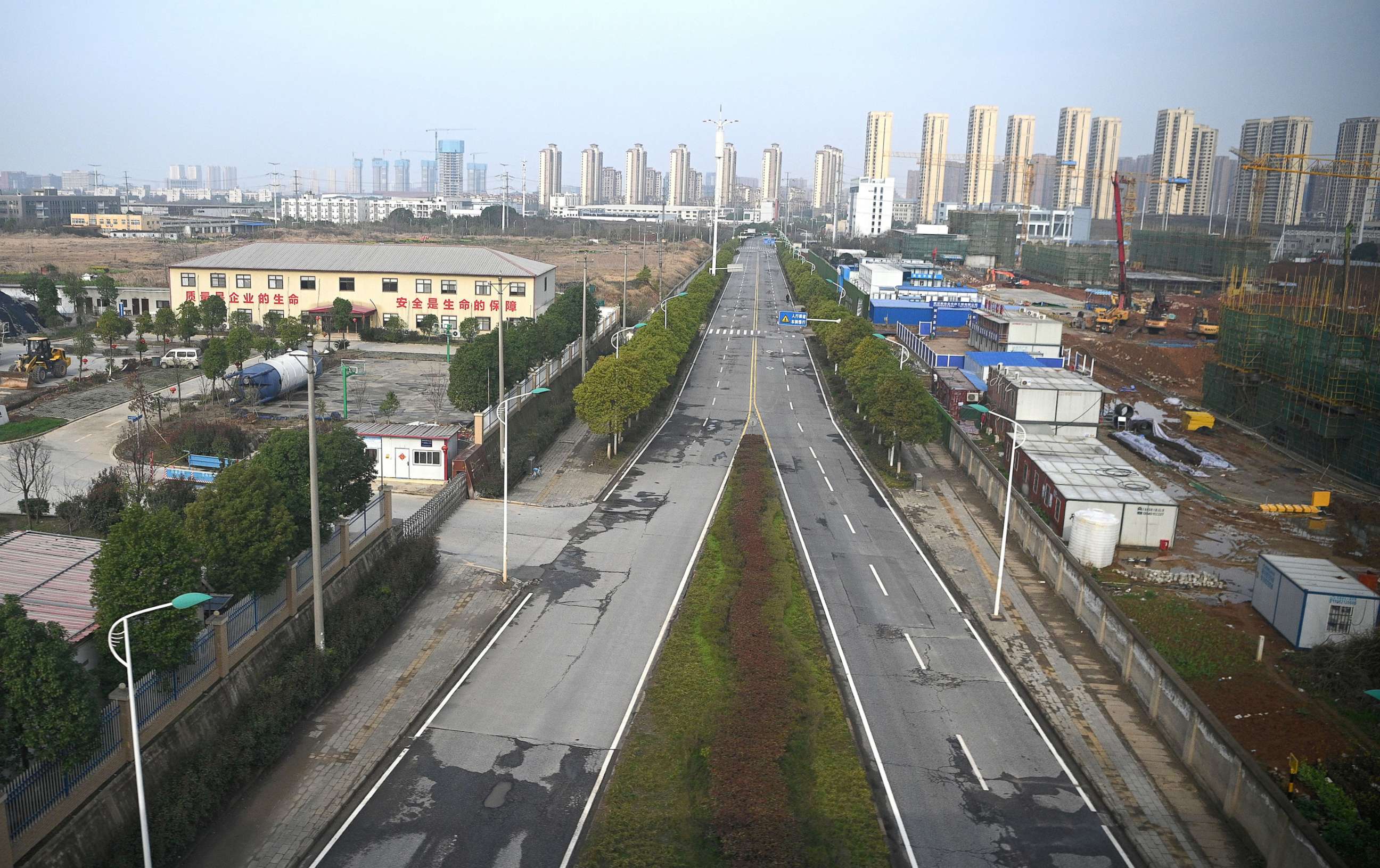Air quality improvement during COVID-19 lockdowns less drastic than previously thought: Study
A potential silver lining of the devastating COVID-19 pandemic, a drop in greenhouse gas emissions because of the massive reduction in ground and air travel during lockdowns, may not be as drastic as previously thought, new research shows.
Researchers in the U.K. from the University of Birmingham looked at 11 large cities -- Beijing, Wuhan, Milan, Rome, Madrid, London, Paris, Berlin, New York, Los Angeles and Delhi -- and discovered that although air quality did improve, it was by less than expected. Their findings were published Wednesday in Science.

When scientists separated the effects of the lockdown restrictions from weather and business-as-usual events, they found that clearing the air of secondary pollutants such as ozone and fine particulate matter may prove more complicated than reducing precursor emissions, such as nitrogen oxides and volatile organic compounds that result from chemical processes in the atmosphere.
But while recent studies have explored the air quality impacts of the early 2020 lockdowns, many have not accounted for weather, which can moderate pollutant concentrations, according to the study.

Jason Smerdon, a climate scientist for Columbia University's Lamont Doherty Earth Observatory, told ABC News last month that transportation saw the largest reductions in emissions in 2020, accounting for about 40% of all reductions.
The study's authors found that reductions in automobile traffic led to an immediate decline in nitrogen oxide levels across all cities. However, less than 30% of the shift could be attributed to lockdown effects in most cases, in part due to continued emissions from other sources.

Ozone concentrations actually increased during the lockdown, the researchers found. Additionally, sudden decreases in particulate matter, isolated from weather and business trends, were not observed immediately after lockdowns began.
The research shows that massive drops in transportation-linked emissions are not a single solution to improving air quality but perhaps part of a larger, systemic overhaul, especially in cities, that takes into account "both primary emissions and secondary processes to maximize the overall benefits to air quality and human health."




